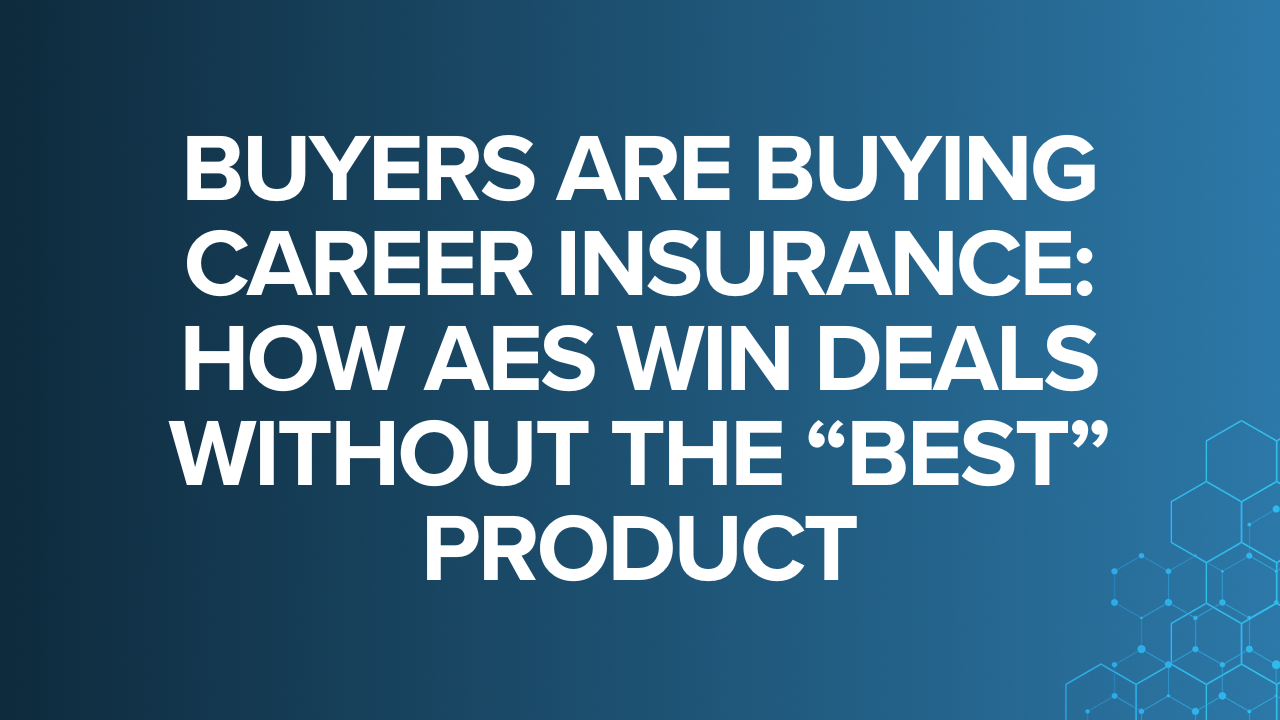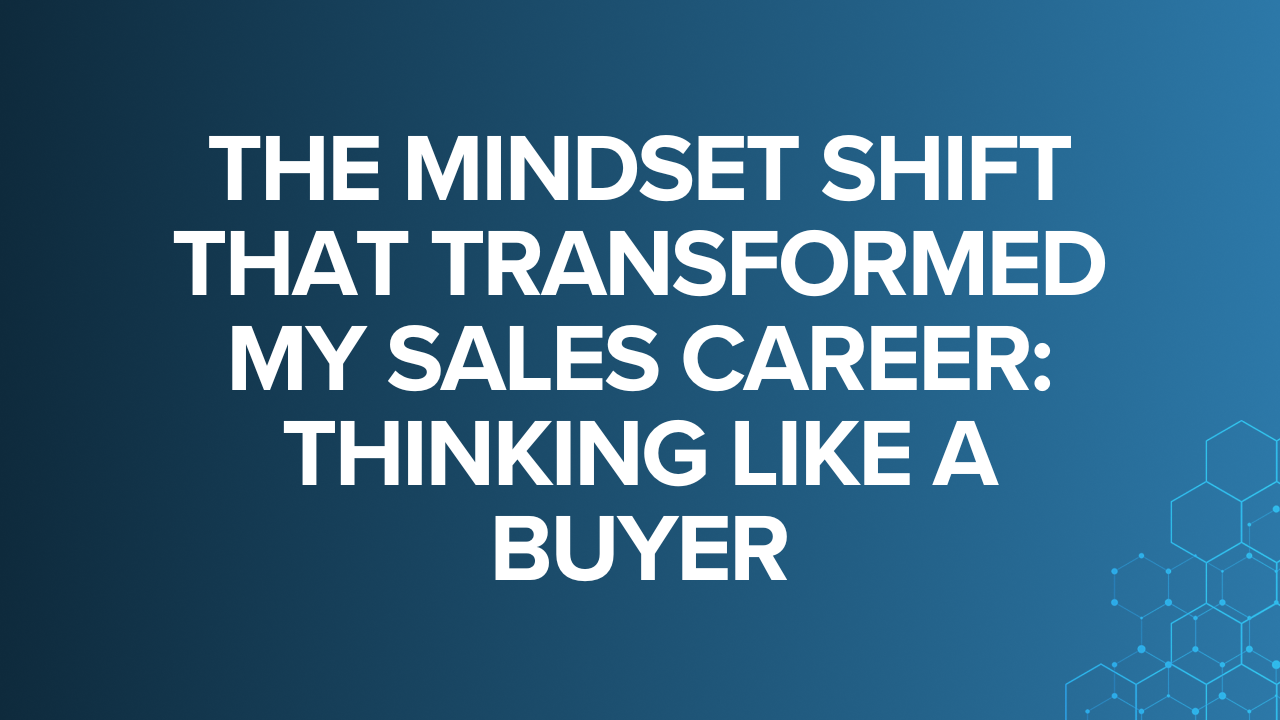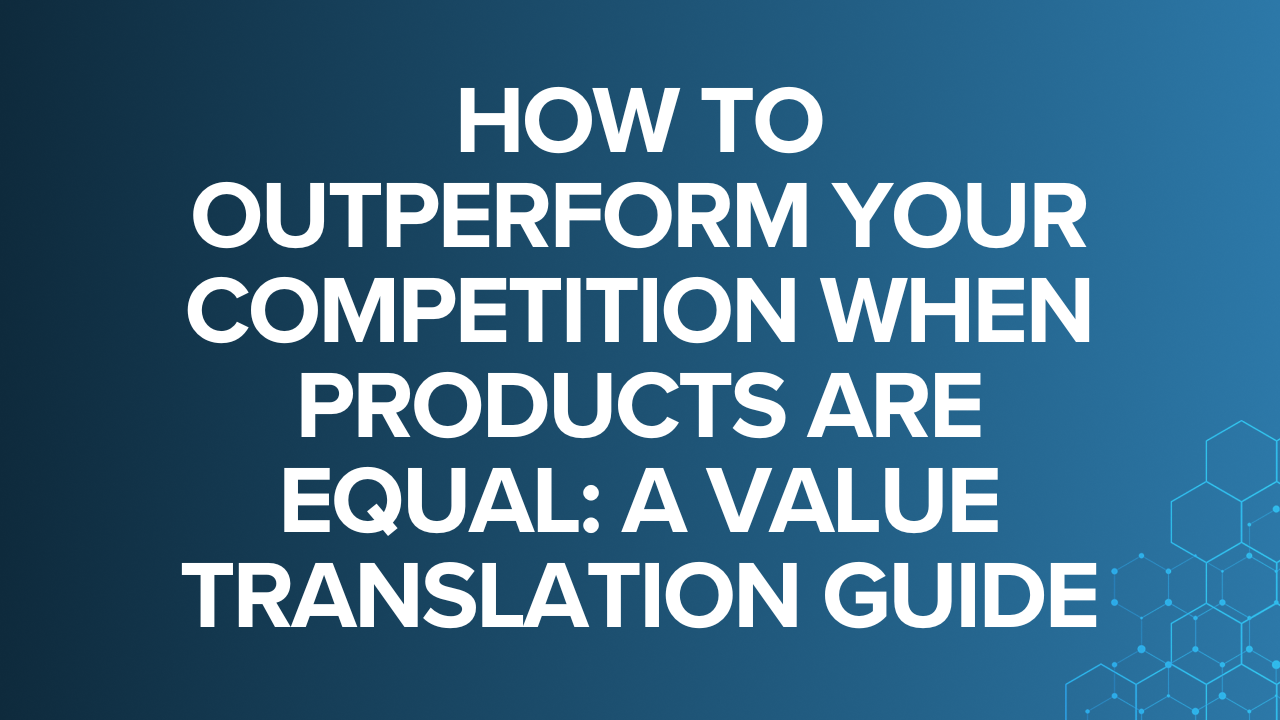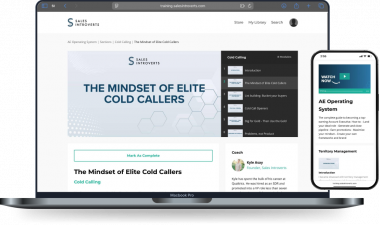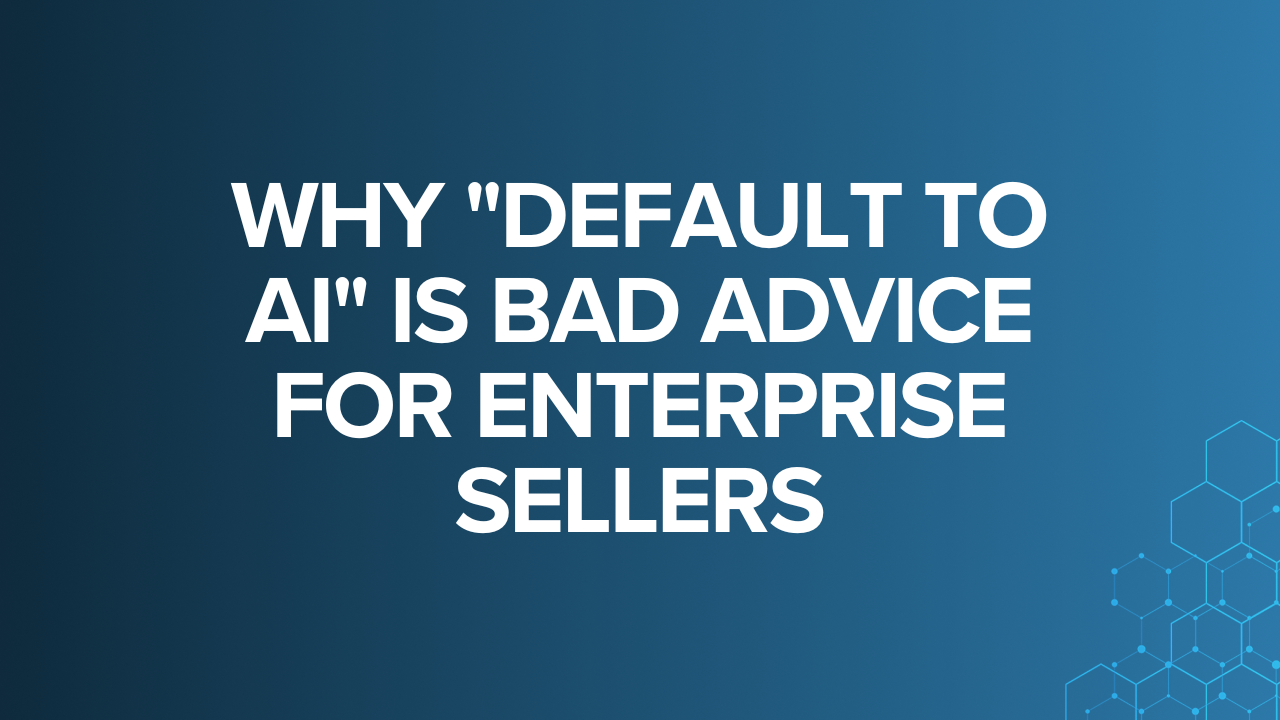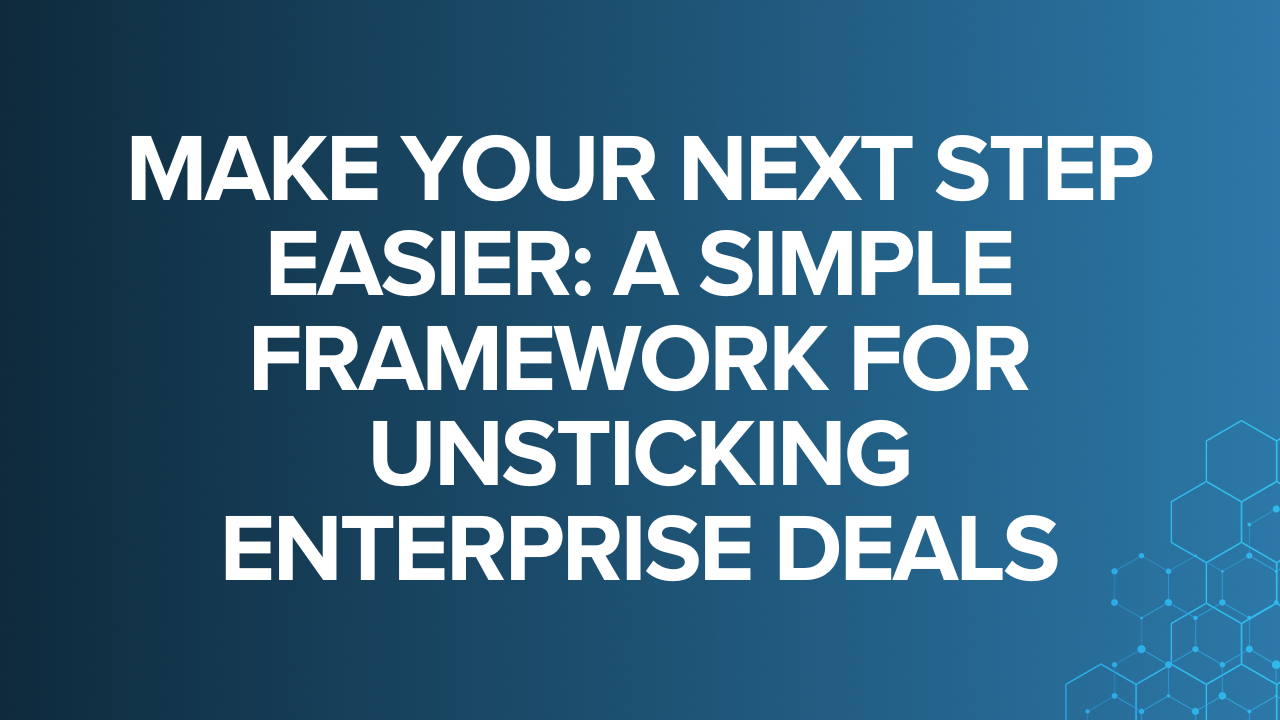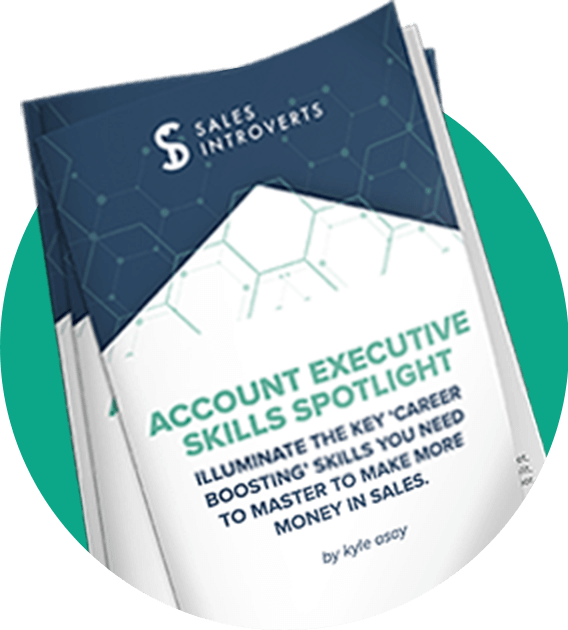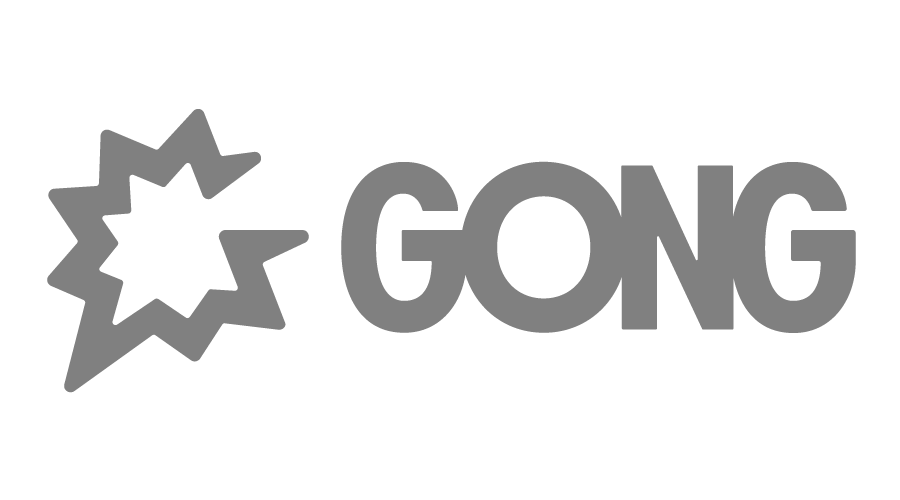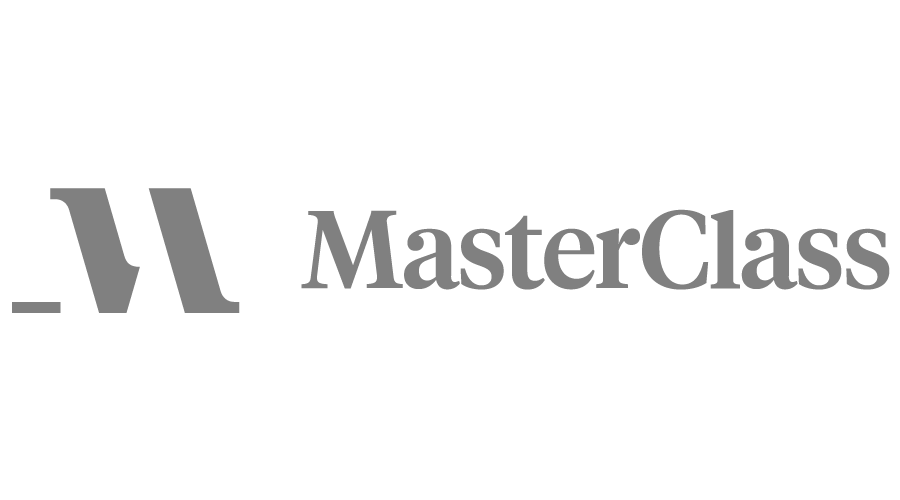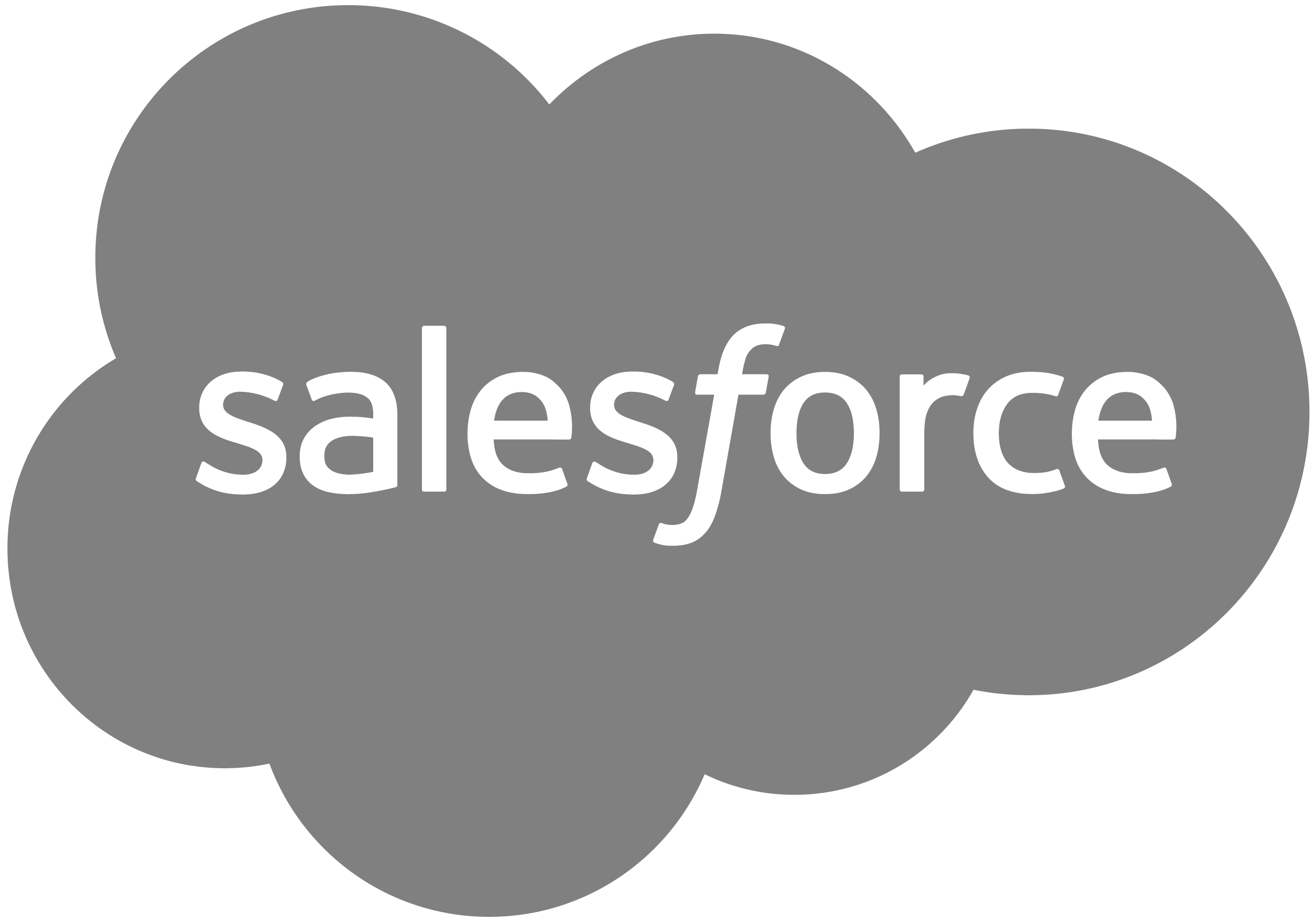I got a question from an AE recently:
“It feels like buyers used to be totally fine going through a drawn-out process – discovery, demo, second demo, alignment call, business case, closing call, etc. Now it feels like they’d rather live with the pain of the problem than go through that again.
Have you noticed this shift? And what does the ideal buying process look like now?”
Short answer: yes – it’s shifted. And if your process isn’t adapting, you are more likely to piss off potential buyers than close deals.
Buyers are more skeptical, have less budget, and more risk-averse than they’ve been in a long time. Companies aren’t in a “grow at any cost” mindset, which means fewer shopping sprees and more consolidation.
Buyers want to know as quickly as possible:
1) Could I even buy this if I wanted it? (“What does this cost?”)
2) If I buy it, is there any chance I’ll regret it? (“Can I see a demo/have a trial?”)
And legacy sales processes are designed to answer those questions much later in the evaluation than most buyers want to wait.
Sellers are taught to withhold pricing as long as possible to “build value” first.
They are taught to avoid trials/demos until they’ve done complete discovery.
And buyers are ghosting them after the first one or two meetings because they don’t want to wait until call number five to see the product and call number seven to get price.
Over the next three newsletters, we’ll talk about how you can run a great sales process while getting your buyer what they need quickly.
This week, we’ll talk about handling “What does it cost?” early in the sales process.
Buyers don’t want to “fall in love” with something they’ll never afford. They definitely don’t want to spend hours evaluating a solution only to find out that the price was never even close to manageable.
Here’s how a senior procurement leader describes the buyer mindset when pricing conversations are evaded:
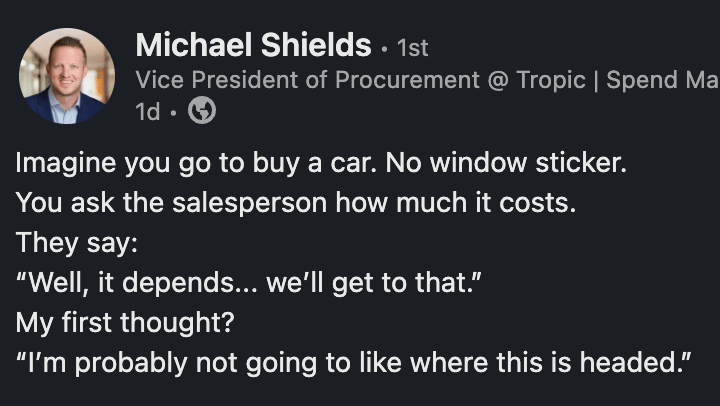
Do you want to say anything on a sales call that leads to your buyer thinking, “I’m probably not going to like where this is headed?”
I know you’ve heard/read that CFOs are increasing purchasing scrutiny.
No buyer is eager to approach a CFO with a business case for a solution 5-10x higher than the allocated budget, even if the business case is strong.
We saw this recently in a deal at LaunchDarkly. We ran a meeting with an exec level buyer. Before we could even continue the evaluation, he had to put rough numbers in front of his CEO to get the initial “green light.” The CEO doesn’t want valuable technical resources spending hours evaluating a tool they can’t afford!
If we would have said, “No, we can’t give you pricing until we’ve done a POC + built out a BVA to show value” we would have lost the deal. They would have finished the call, emailed four of our competitors asking for pricing, and ignored our follow-up emails.
Instead, we followed my preferred “early pricing” approach:
“Happy to share pricing with you. Our pricing model is based on [factor 1] and [factor 2]. Organizations of your size, looking to solve the problems you’ve shared with us, often spend between $xxx and $xxx.
How does that compare to your expectations?”
If you get sticker shock, my recommended response is:
“Our goal is to win your business by offering the best product. If you evaluate us, and we are the best product for you, we won’t lose on price.”
I’ve found that talk track to show enough flexibility (without sounding desperate) to earn the right to continue an evaluation, build value, and win a mutually favorable deal.
Two other common objections when price is discussed early are:
“We don’t have budget for that amount until Q4”
“Your competitor is 40% cheaper”
To help with these, I built out an objection handling framework you can access here: Pricing Objection Handling (make a copy)
The sooner the buyer knows you are “in range,” the sooner they’ll actually evaluate your solution. And the more time you spend with buyers where your pricing is “in range,” the more you’ll win.
Next we’ll go deep into how to handle “can you just show me a demo?” early in the sales process.
Kyle


